Western Sydney University lecturer to board NASA’s SOFIA aircraft for supernova exploratory work
WHEN Miroslav Filipovic was a little boy he dreamt of flying. He gets that chance next Wednesday when he becomes the second Australian scientist in history to fly on NASA’s SOFIA aircraft.
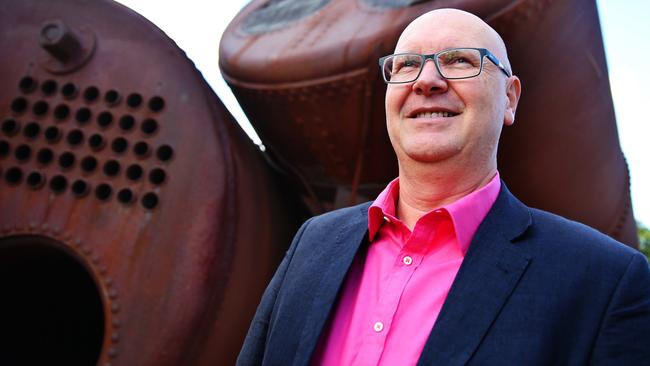
Parramatta
Don't miss out on the headlines from Parramatta . Followed categories will be added to My News.
- Nan deperately tried to save boy, 5, after stabbing murder
- Concerns urban climbers will take on Cloud Arch
- Donor specialist nurse supports families in difficult time
- 103-year-old takes first helicopter joy ride in Sydney’s west
WHEN Miroslav Filipovic was a little boy he dreamt of flying. He gets that chance next Wednesday when he becomes the second Australian scientist in history to fly on NASA’s SOFIA aircraft.
The Western Sydney University School of Computing, Engineering and Mathematics lecturer will board NASA’s redesigned Boeing 747 airborne observatory on June 13, 18 and 19 as a guest scientist, watching the mission crew complete his work.
The multi-billion dollar collaborative mission starts next week but Professor Filipovic flew to New Zealand on Wednesday with his wife and three kids to prepare.
Prof Filipovic’s mission is among the first to take the NASA aircraft into the Earth’s stratosphere.
From 44,000 feet, the astronomer will examine the remnants of a supernova.
“When a huge star explodes it marks the end of life. There is a huge burst and it is known as a supernova,” he said.
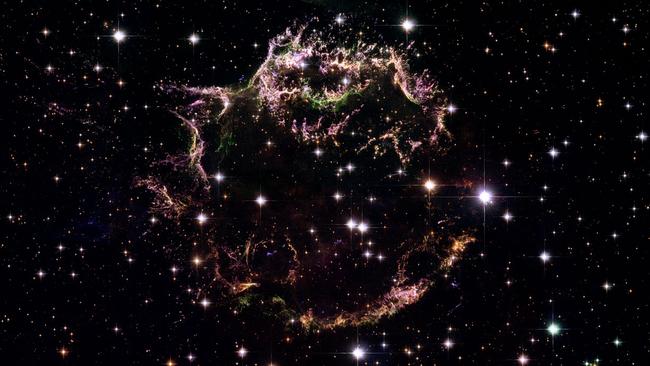
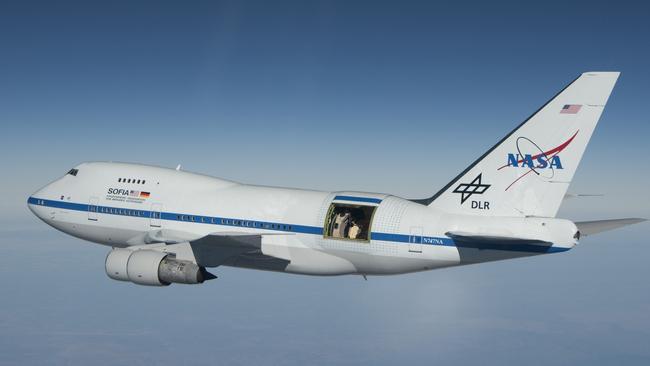
“Its remnants interact with nearby clouds and the environment creating cosmic-rays, which many scientists refer to as the ‘Holy Grail’.”
Cosmic-rays are high-energy radiation. They rain down on earth from outside the solar system at the speed of light and have been blamed for electronic problems in satellites. More than a century after their discovery in 1912, many things about cosmic-rays remain a mystery.
We’re not sure about their origin and taking this technology on board SOFIA, hopefully we will find proof of the cosmic-rays and study and learn their limitations - Prof Filipovic
SOFIA, which stands for Stratospheric Observatory for Infrared Astronomy, carries a 2.7m telescope and is the largest airborne observatory in the world.
It is capable of making observations that are impossible for even the largest and highest ground-based telescopes.
It will take up to two hours to reach 44,000 feet above Antarctica and his three sessions, which each consist of three hours, will study the material ejected from and swept up by Supernova 1987A.
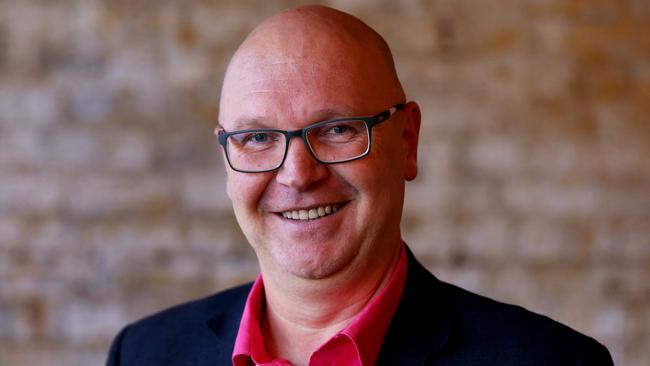
Many telescopes have studied it, including the Hubble Space Telescope and the Chandra X-ray Observatory, but the instruments on SOFIA are the only tools available to study the debris around it at infra-red wavelengths. This will reveal characteristics that cannot be measured with other wavelengths of light.
They plan to map several parts of the celestial object rim, allowing them to look for variations in ionised carbon across the remnant bubble.
He said the origin of cosmic-rays was one of the most intriguing questions of modern science.
“I’m looking forward to seeing the earth from that perspective … and the Southern Lights,” Prof Filipovic said.
Growing up in Serbia, the scientist came to Australia as a 25-year-old to study astronomy. “I’ve been working all my life to reach my goal — to fly.
“My parents were battlers but they encouraged my dreams. At a very early age I remember the moon landing; that had a big impact on me.
“My whole childhood I believed one day I would fly up there. Now that it’s becoming a reality, I have no words. To see Earth from that perspective …”
The mission doesn’t come without risks.
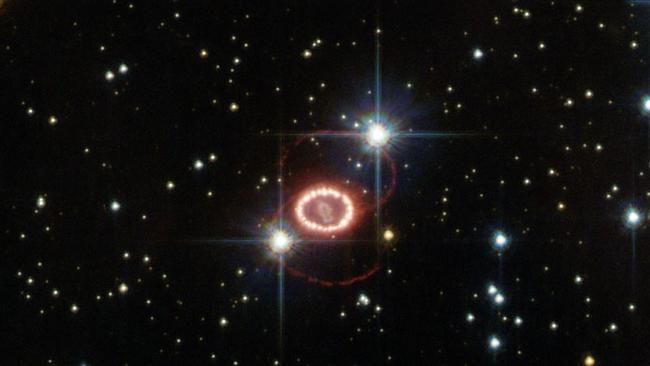
Prof Filipovic applied to NASA six months ago and has spent the last few months getting expedition-fit. He has been running daily to improve his fitness levels and has lost 15kg.
“There is a stark reality to it. It’s very serious science It’s not like a commercial flight,” he said.
The challenge comes when he reaches 44,000 feet above Earth and the door opens for the telescope so observations can begin.
“It gets cold up there; way below zero. We’ll be 14km above Earth — it’s not going to be kind human conditions up there so we’ll wear special gear to protect us.”
It’ll be cold, headaches will be common and it would be almost impossible to work for longer than those three hours allocated for each journey.
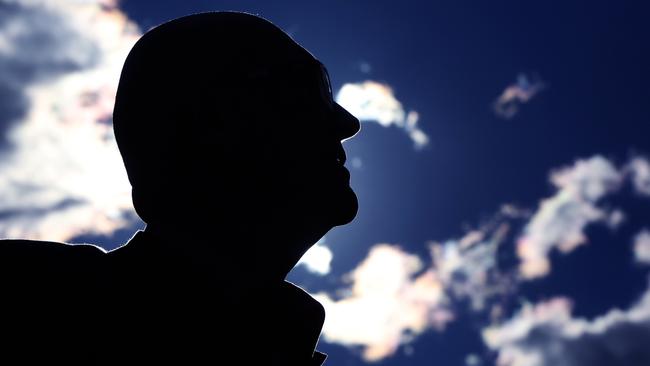
Prof Filipovic’s expedition is part of a seven-week stint flying out of New Zealand to observe some of the Southern Hemisphere’s wonders.
The research is in collaboration with the University of Adelaide, University of Cologne and University of Nagoya.
SOFIA is a joint project of NASA and the German Aerospace Centre and is normally based at NASA’s Armstrong Flight Research Centre in California.
“This is not only an honour for any scientist-astronomer, but a lifelong dream,” he said.
IN OTHER NEWS
